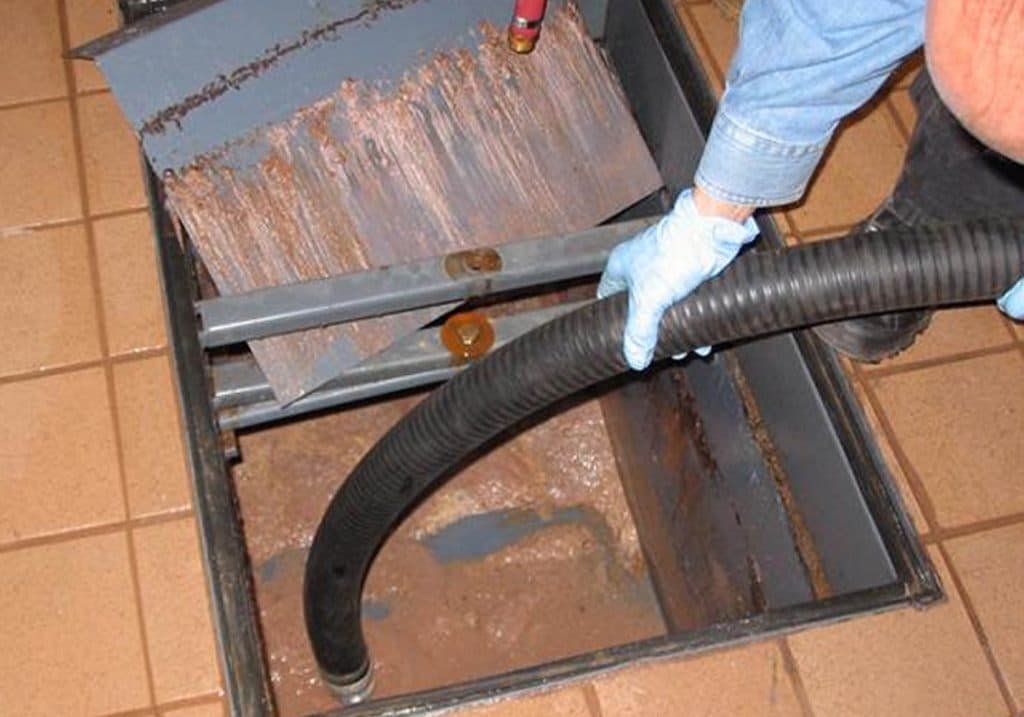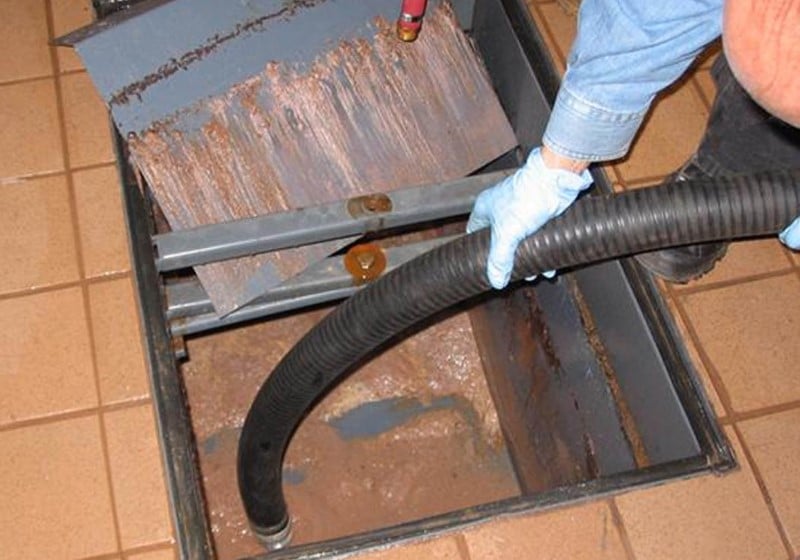
This same excess can happen even in various facilities in the United States. The excessive thing that the US government is highly concerned these days is FOG (fats, oils, grease). A large source of FOG is the school system. Cafeterias have to be present in schools to help the students and teachers in the process of education. The grease ordinance is a set of rules that require school administrations to install grease traps in their areas of operation so that the wastewater treatment system can be protected. There should be strict compliance or FOG overflow will keep on happening in schools. More FOG overflows will definitely worsen the FOG crisis in the country. According to the grease ordinance, the grease traps should also be maintained properly. Pump outs should be regular and should be done with the help of the local grease trap expert. This should not be eliminated from the school’s grease trap maintenance because it lowers the level of FOG.
Another means to help school grease reduction is to use the right additives. Bacteria-based ones should be used exclusively for school grease traps. These primitive microorganisms eat FOG voraciously because they need to maintain their living system. When they eat up the FOG, they leave the grease trap odorless. They do not have chemical discharges that pollute the surrounding environment. It would be a very good thing for the school administration because frequent pump outs will be lessened, thereby saving them a lot of money. The use of chemicals and enzymes should definitely be stopped. These are very harsh substances that corrode the physical components of the grease trap, causing problems like early deterioration and leaking, which will then ultimately bring about flooding or backing up of effluent.
FOG overflow results to the entry of FOG into the wastewater treatment system. FOG solidifies and hardens, sticks to the inner pipe walls, and then blocks the flow of raw wastewater. If school grease reduction is not performed, then more FOG will enter the sewers. Then more sewage will enter the school premises, bringing forth health and sanitation problems. Property damage will also be an issue to deal with. School grease reduction should be spearheaded by those working in the school canteens. They should be motivated to manually collect the grease materials in to leak-proof, sealable bins for proper disposal. The drains should also be fitted with fine food meshes so that the grease particles may be prevented from entering the grease trap.
School grease reduction can be done. Bacteria will play a huge role in accomplishing this task. These additives should always be used on the grease trap to maintain a low level of FOG and less frequent pump outs.
